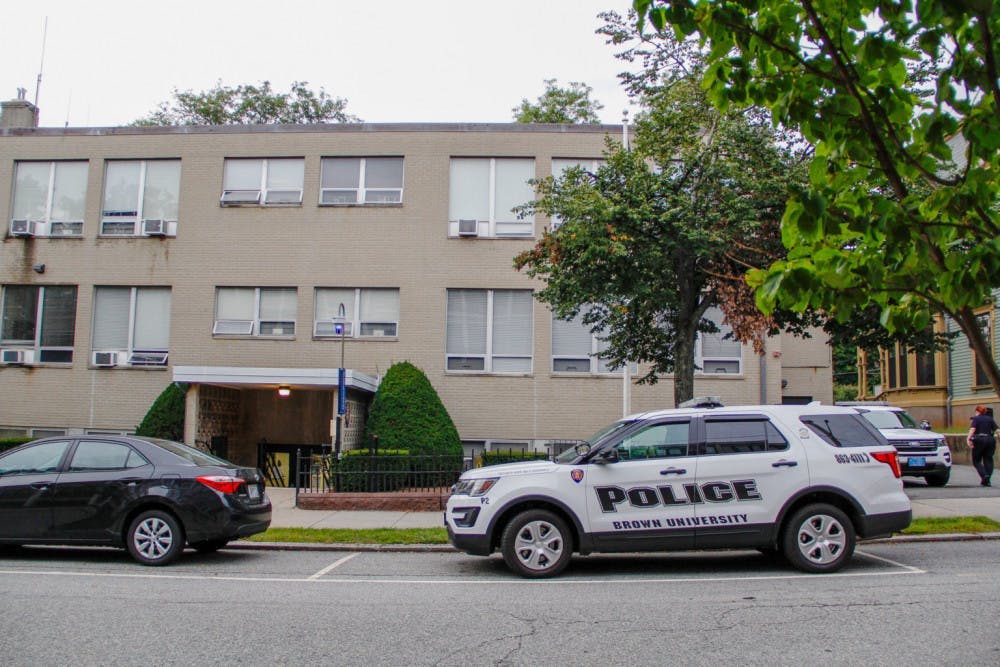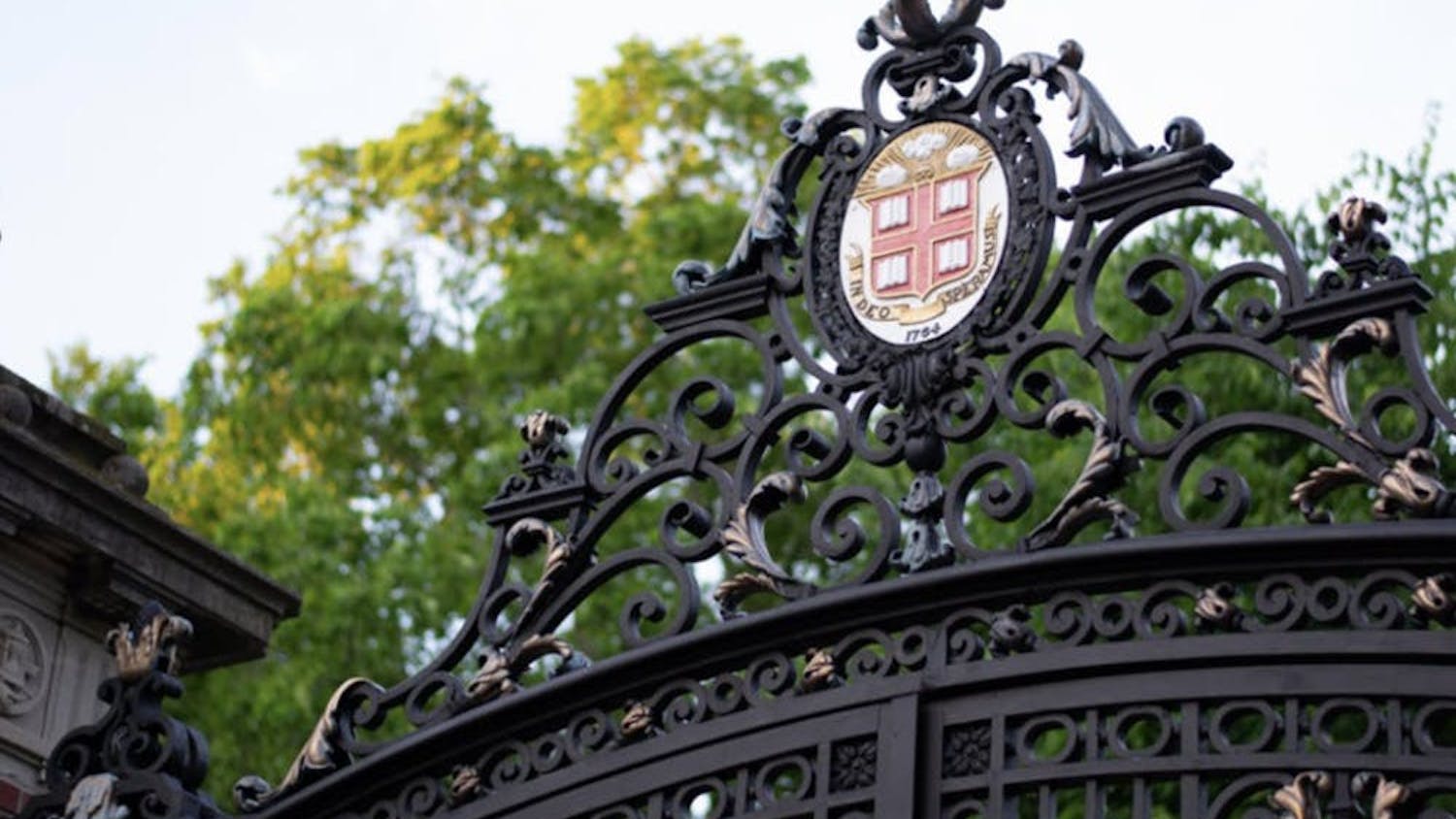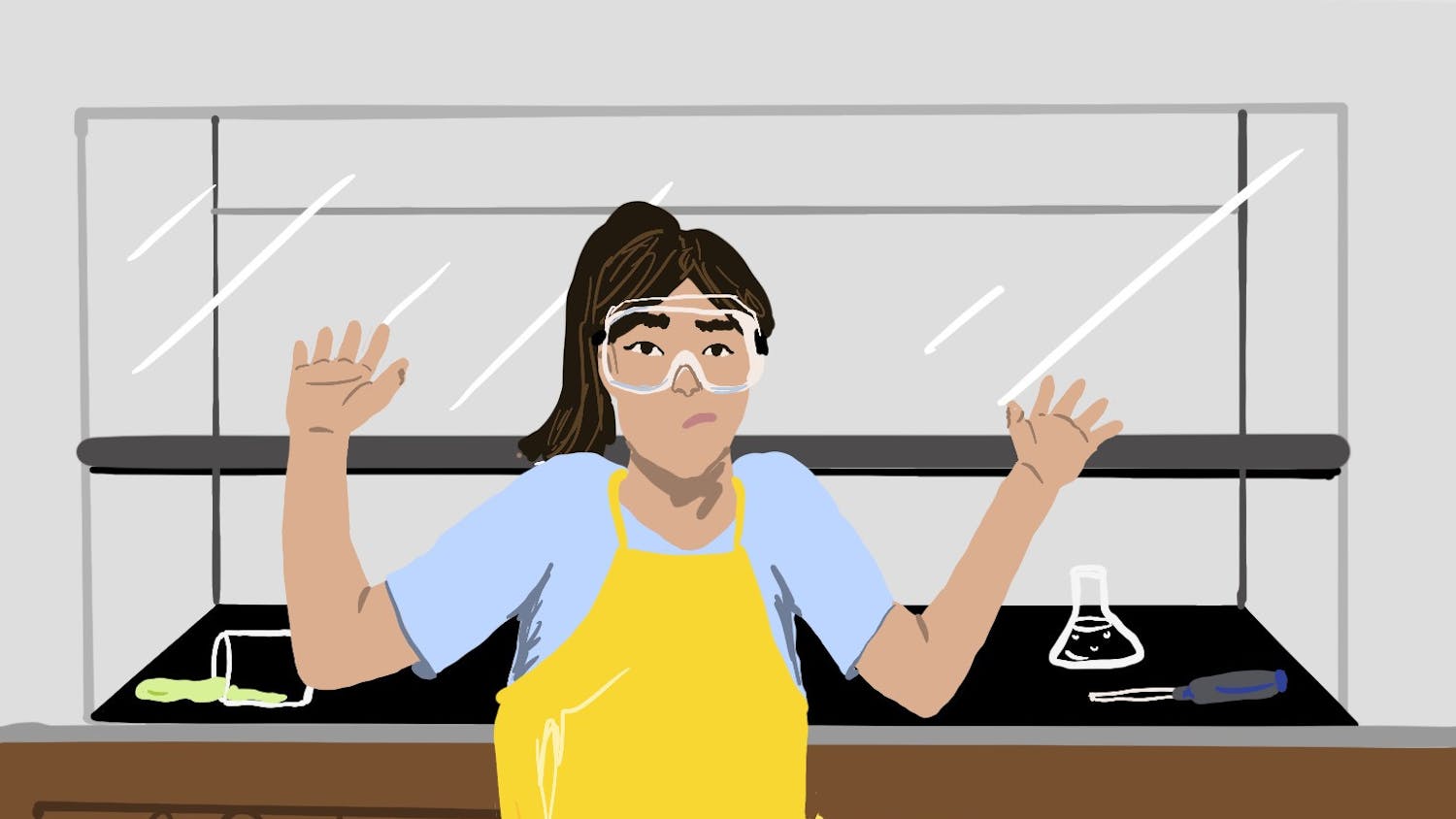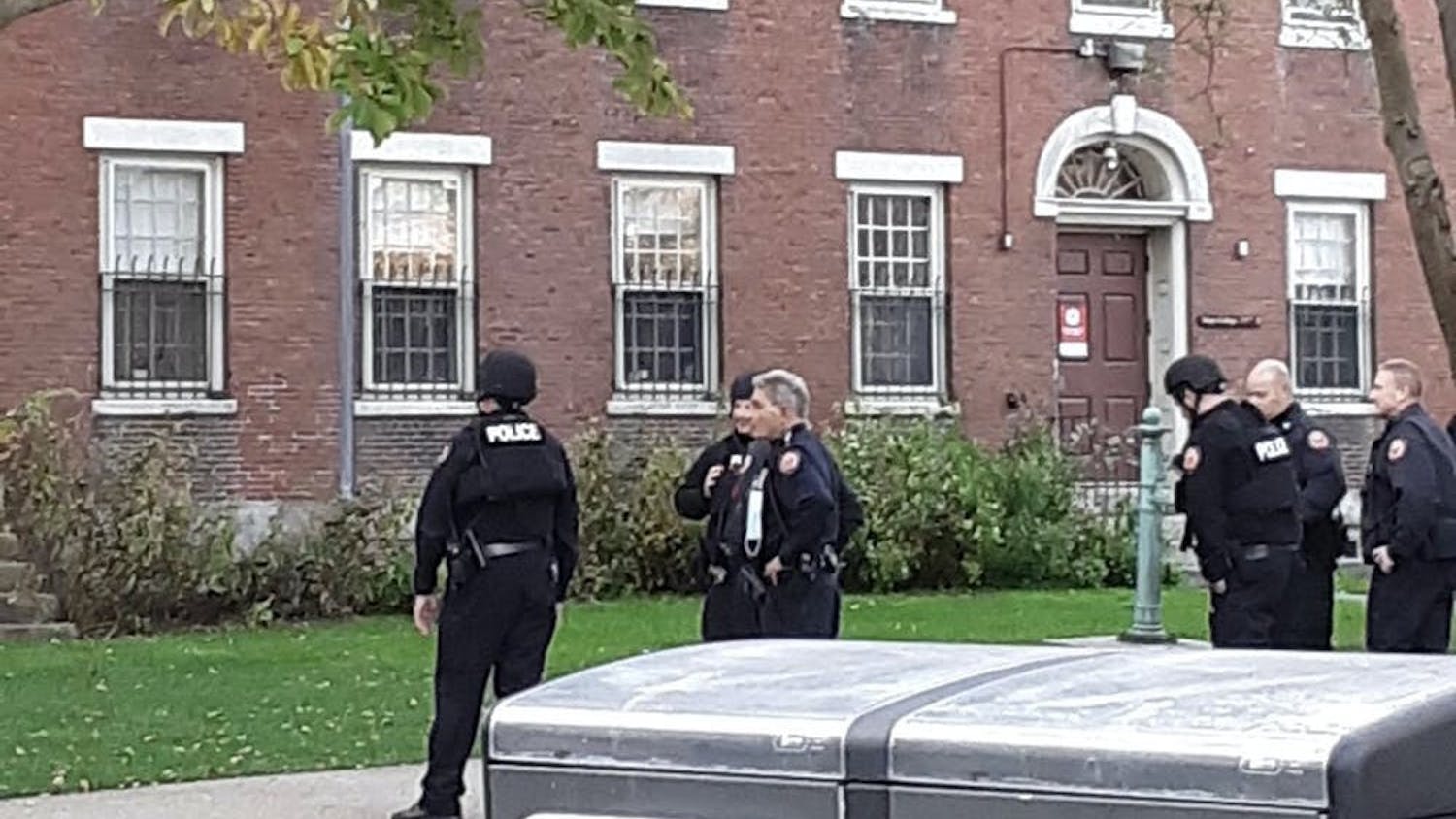The new Campus Safety Working Group will direct a planning process to improve Brown’s approach to community safety, according to the charge of the group released Dec. 1 in a Today@Brown letter from Vice President for Campus Life Eric Estes and Vice President for Campus Safety Rodney Chatman.
The group “will lead a strategic planning process to develop a vision for improving Brown’s approach to ensuring the safety, security, well-being and sense of belonging of all members of our community,” Estes and Chatman wrote in the lette, which also included information about the group’s membership.
The creation of the working group was first announced in a Nov. 10 meeting of the Brown University Community Council with the goal of enacting immediate changes to how the Department of Public Safety operates, The Herald previously reported.
Working group’s composition, charge
In the announcement, the University released the working group’s complete charge. The group’s aim is “to further and improve the University’s efforts to promote and sustain a campus community in which all of its members — students, faculty and staff — are and feel safe, are treated with respect and (are) provided with equitable access to the full array of employment and educational resources provided by the University.”
The charge also outlines four central University commitments regarding safety: upholding high standards of professionalism, ensuring equitable treatment of all community members, maintaining transparency when possible and creating accountability with the community.
The group will be led by Chatman and Estes as co-chairs. The remainder of the working group includes administrators, such as Vice President for Institutional Equity and Diversity Sylvia Carey-Butler and Director of Emergency Medical Services Amy Sanderson, and students from Brown’s undergraduate, graduate and medical schools. The group will also create sub-working groups consisting of more students, faculty and staff focused on specific areas within public safety, according to the announcement. A sub-working group on staffing at student events has already been established.
Chatman stressed the importance of sub-working groups to examine distinct issues of safety in more comprehensive ways. “To make a measurable difference, … you really have to drill down into people's real lived experiences and perceptions,” he told The Herald in an interview.
In addition to those on the working group, Chatman hopes other members of the campus community will provide their insights and share their experiences. “What's most important is for every community member to understand that their input is welcome,” he said. “There isn't anyone that's going to be shut out and whose voice isn't important.”
Chatman hopes to foster a positive relationship with the campus community so people can view DPS as a resource.
Chatman considers his and Estes’s purpose as co-chairs as being “to aggregate those perspectives and put (them) into a consolidated workable forum where we can actually achieve some progress.”
Members discuss goals, plans
Chatman expressed pride in leading the group and optimism in its potential impact. “I'm honored to be selected to do … the work that I do on a day-to-day basis to make the campus safe,” he said. “My motivation is to make Brown the safest campus in the nation and to make Brown Department of Public Safety the standard-bearer for campus law enforcement.”
“I understand when I speak with students that security, safety and well-being is more comprehensive than whether or not a student has been a victim of crime; it's more related to a sense of, ‘Do I feel that my dignity is respected in this space?’” he added. “What I hope this working group does is combine the perspectives of people's real lived experiences into this conversation so that students actually feel as though when they come here, they can thrive, (not) just survive.”
Tom Martin ’18 MD’22, the medical school representative on the working group, was selected because of his background in the realm of safety, including involvement with Brown Emergency Medical Services and as a paramedic, as well as his experience serving as the liaison between the Medical School Student Senate and the now-inactive Public Safety Oversight Committee.
Martin hopes to convey the safety concerns of medical school students to the Campus Safety Working Group, such as theft and security issues in the school’s parking garage, while simultaneously ensuring that the solutions take into account the perspectives of all students.
“When we were trying to get more DPS presence at the medical school to deter theft, vandalism, things like that, students actually feel more unsafe if there's an armed police officer in the context of larger police and community relations,” he said, adding that students may advocate for blue light phones in the parking garage rather than an armed police officer.
While Martin himself is a member of the working group, he emphasized that his main goal is to serve as an effective intermediary between a larger community of medical school students and the working group. “There's a unique perspective that students can offer regarding campus safety,” he said. The working group “really needs a balanced approach with student voices represented.”
Campus perceptions of public safety
Chatman also hopes to find different ways to improve relations between DPS and the broader Brown community. He does not expect disarmament to be one of them.
“There is no conversation or desire that I have to disarm police officers,” he said. “I do have a desire to understand what (DPS) means to different people based upon their real lived experiences and how we can work together and ensure that our presence isn't a deterrence (but) actually is a resource for the campus.”
Chatman hopes that his own experiences will help him bridge the gap between DPS and some members of the Brown community. “I've been a Black man, I've been a Black police officer and I'm a Black parent of two Black boys, so I have an understanding of those experiences (and) how they translate into relationships with … and perceptions of the police,” he said. “I think the greatest asset for me, however, is an open mind and an ability for active listening.”
Martin acknowledged that others may have different perceptions of safety than he does. “I’m a white male with a uniform that's been involved in public safety through my role in EMS,” Martin said. “My idea of safety (may be) very different from someone else's, so I'm not really walking into this with my own personal agenda.”
Group aims for short-term impact
Chatman highlighted the fluidity of the collaboration process as a key benefit of having a working group. “How (the group’s ideas) may look on day one may look drastically different on day two,” he said. “The beauty of this process is that there is going to be ownership given to those members of the group. It really should not be my vision and (Estes’s) vision. Safety shouldn't be doled out onto a community — it should be a collaborative effort.”
The working group’s first official meeting was held Monday. Chatman hopes he can bring discussions he has already had with members of the Brown community to serve as groundwork for the group’s deliberations.
Chatman hopes to enact some policy changes by the end of the spring semester, but he emphasized that the process is fluid.
“Conversations will be taking place in earnest during the month of January, and we hope to have some tangible work product out of those conversations by the end of that semester,” he said. “But again, being dynamic, this isn't something that's going to have a marked date on the calendar for its end. This is the type of work that's ongoing.”
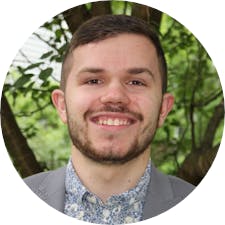
Peter Swope is the senior editor of digital engagement for The Brown Daily Herald's 133rd Editorial Board. He previously served as a Sports section editor and has also written stories for University News. Peter is a senior from New Jersey studying history.

